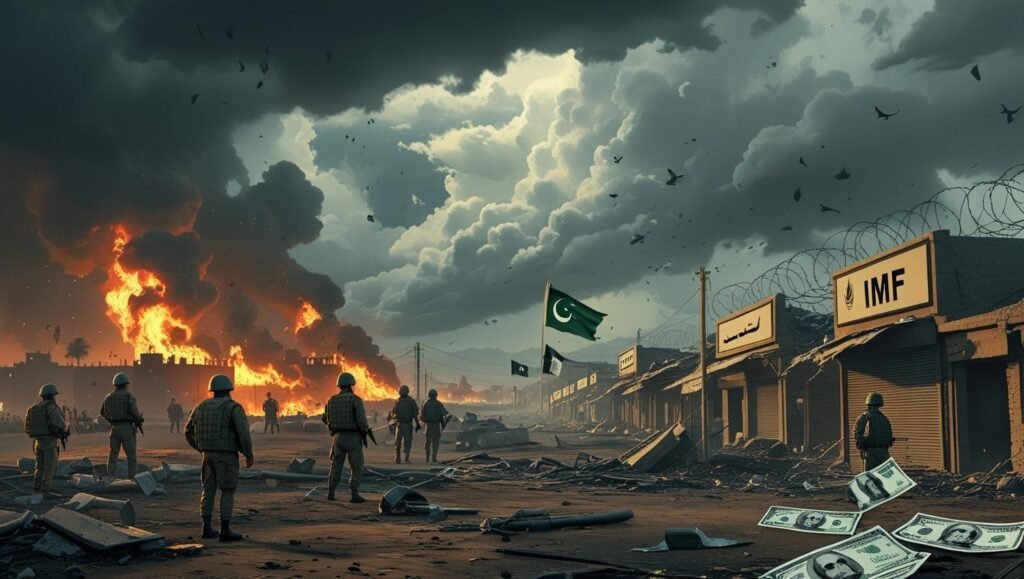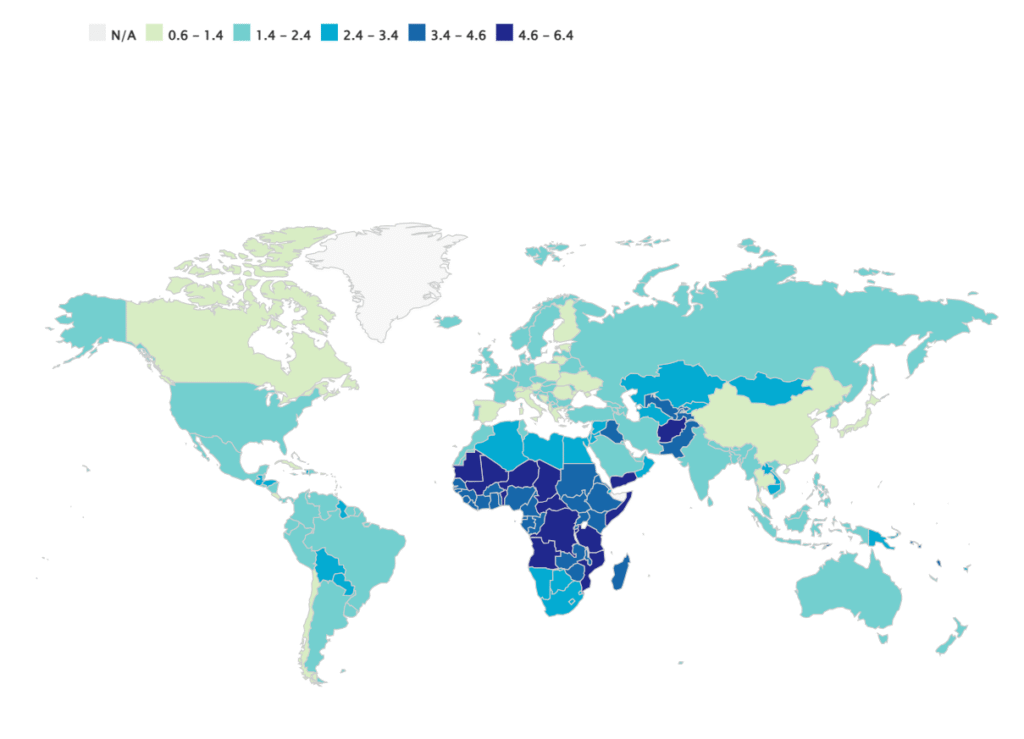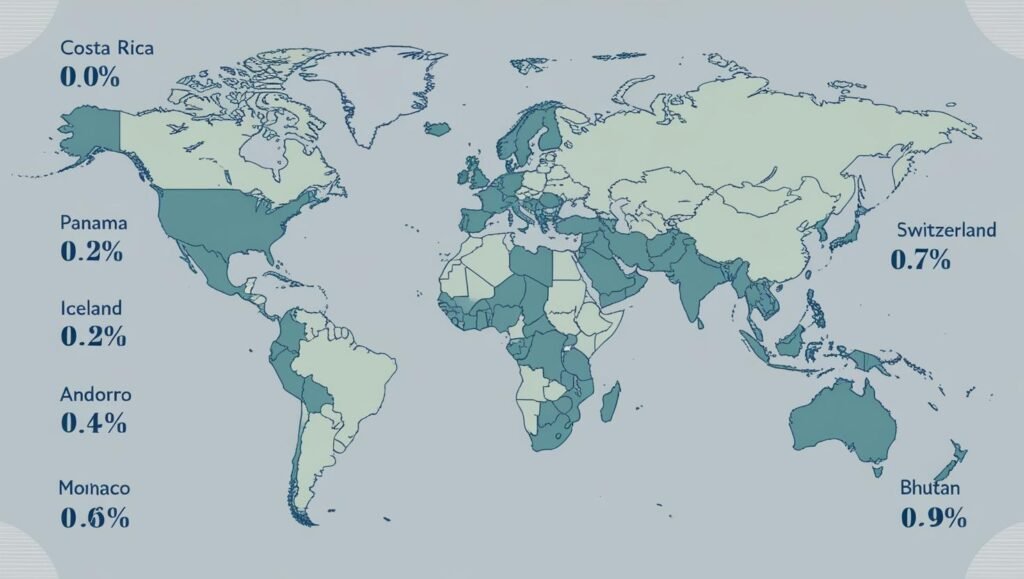Introduction
The Pakistan crisis 2025 is growing worse by the day. The country faces a deadly mix of militant attacks, economic collapse, and increasing global isolation. This has led to an unavoidable question echoing in policy circles and public discourse alike: Are Pakistan’s problems too big to overcome?
The situation, described by many analysts as the “Pakistan crisis 2025”, is not the result of a single event — but a series of unresolved conflicts, poor governance, and external dependencies that have accumulated over decades.Over the past decade, Pakistan has experienced a dramatic increase in militant attacks, particularly in its border provinces and restive regions. The table below illustrates the alarming rise:
| Year | Reported Attacks | Monthly Average | Casualties (Approx.) |
|---|---|---|---|
| 2015 | ~250 | 21 | ~600 |
| 2017 | ~150 | 12.5 | ~400 |
| 2019 | ~160 | 13 | ~300 |
| 2021 | ~320 | 27 | ~750 |
| 2022 | ~380 | 32 | ~800 |
| 2023 | 641 | 54 | ~1,000 |
| 2024 | 905 | 75+ | 1,177 deaths, 1,292 injured |
| 2025 (till May) | 400+ | 80–100 | 450+ |
Why Are These Attacks Happening?
The surge in violence is not without cause. It is rooted in a complex mix of ethnic grievances, border disputes, militant resurgence, and geopolitical tension:
1. Balochistan’s Push for Independence
- Groups like the Baloch Liberation Army (BLA) accuse the state of exploiting their natural resources.
- They have targeted military personnel, Chinese CPEC workers, and gas infrastructure.
- Gwadar, Quetta, and Turbat are frequent hotspots.
2. Durand Line Dispute with Afghanistan
- The Afghan Taliban rejects the Durand Line, fueling cross-border friction.
- As a result, militants easily exploit the porous boundary to move arms, fighters, and explosives.
- Pakistan’s border fencing and patrols have escalated tensions.
3. TTP Resurgence
- After the fall of Kabul to the Taliban in 2021, the Tehrik-i-Taliban Pakistan (TTP) regrouped and escalated attacks.
- The TTP seeks Sharia law and military withdrawal from tribal areas.
- It is widely believed to operate from Afghan soil, with weak resistance from Kabul.
4. Ethnic and Sectarian Clashes
- Regions like Kurram, Parachinar, and Balochistan see rising Sunni-Shia and tribal violence.
- The state’s inability to address local grievances fuels radicalization.
5. Foreign Allegations and Proxy Wars
- Pakistan frequently blames India’s RAW for funding Baloch separatists.
- While unproven, proxy warfare in South Asia continues to intensify mistrust and instability.
⚠️ The Urgency to Act — Before It’s Too Late
The Pakistan crisis 2025 is no longer just a security issue — it’s an existential crisis. The stakes have never been higher:
- Economic Collapse Looms: External debt stands at $130 billion, and foreign reserves are barely enough to cover a month’s imports.
- Public Frustration Rising: Inflation, joblessness, and energy crises are creating a ticking social time bomb.
- Diplomatic Isolation Deepening: Even traditional allies like China and Gulf nations are losing patience.
If decisive action is not taken immediately, the entire state structure may be at risk of unraveling.
What Needs to Be Done — Now
To rescue itself from implosion, Pakistan must implement an urgent national stabilization strategy that includes:
🛠 1. Political Reform and Civilian Governance
- End military overreach in governance.
- Empower provincial governments, especially in Balochistan and ex-FATA.
🕊 2. Reconciliation with Dissidents
- Open peace talks with non-violent separatist groups.
- Offer amnesty and economic incentives to de-escalate conflict zones.
💵 3. Economic Stabilization
- Comply with IMF conditions for reform: cut military spending, widen tax base, privatize bleeding enterprises.
- Focus on human capital, exports, and agriculture revival.
🤝 4. Diplomatic Reset
- Engage with Afghanistan, Iran, and India on confidence-building measures.
- Protect CPEC projects to restore investor trust from China and others.
🎓 5. De-Radicalization & Education
- Invest in public education, vocational training, and media literacy.
- Fight extremism with ideology, not just guns.
💣 What Happens If Pakistan Fails?
| Danger | Likely Outcome |
|---|---|
| Militancy | TTP may gain control over parts of KP/FATA |
| Balochistan | May escalate into a full-scale separatist war |
| Economy | Sovereign default and complete IMF dependency |
| Civil Unrest | Mass protests, breakdown of law and order |
| Foreign Relations | Strategic isolation from all major powers |
| Military Control | Return to dictatorship or internal conflict |
The Pakistan crisis 2025 could easily become a Lebanon-style collapse or a Yemen-like civil breakdown if unchecked.
🧭 Final Thought: Collapse Is a Choice
Pakistan’s future doesn’t have to end in disaster. It has natural resources, strategic depth, and a capable diaspora — but it must choose reform over repression, inclusion over control, and governance over blame.
The world cannot save Pakistan. Only Pakistan can save Pakistan — by admitting its failures, engaging its people, and committing to a national rebirth.
Sources: PIPS, CEIC Data, U.S. State Department
Looking for more articles? Visit our homepage for the latest news, insights, and updates across sports, culture, and more.




